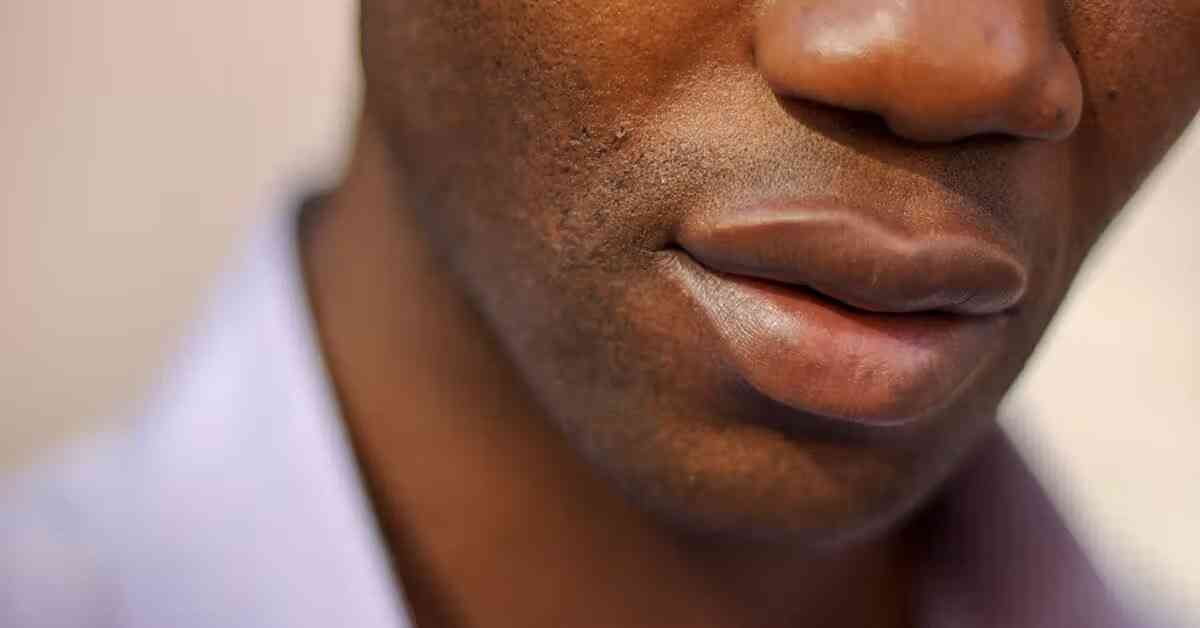
THE lips stand out as the most aesthetically and functionally prominent facial area, yet the most painful when afflicted.
In the modern world, lip care has transcended gender boundaries with both males and females prioritising moisturisation not because it looks good, but as a sign of self-awareness.
It is not no longer considered a part of the lady’s facial routine anymore but a requirement for everyone.
No one truly wants to be known for dry, crusty and chapped lips.
Though lip care may seem to be tedious it has great benefits that extend beyond what the eye can see, but playing a vital role in the prevention of lip cancer.
Furthermore, the appearance of your lip can reflect what is inside your mind, your mouth and your body.
For example, cracked lips may indicate stress or a psychological strain whereas dry lips can be observed in conditions like xerostomia (dry mouth).
A face with great harmony is described as symmetrical without any pathological lesions.
- Minister bemoans shortage of schools
- BCC joins Green Cities initiative
- Drunkard kills church pastor
- DripSol’s one-stop-shop for farmers opens doors
Keep Reading
The lip is located in the facial third of the face, playing a key role in this balance.
Its structure can also be determined by how many teeth you still have in your mouth.
Moreover, did you know that the shape of the lips greatly depends on your teeth?
Teeth give lips a well-defined shape, without teeth the corners of your mouth can form folds and sag inwards resulting in a distorted facial structure that provides a good environment for bacteria to multiply and reproduce in the moist folded lip area.
Loss of teeth does not just affect your smile but can reshape your whole face, so being up to date about lip and oral health care can be the best way to prevent these situations from occurring.
Lip diseases and causes
Cheilitis is the term used to describe lip inflammation presenting features such as crusts, scales, fissures, erythema (redness).
The condition differs based on the primary differences in the duration and causative factor.
Therefore, it is classified into reversible and irreversible forms.
Reversible
It is described as a transitory cheilitis of temporary duration which can be treated conservatively and heal.
This form also has different sub-types:
- Simplex
Is the most common type of cheilitis which is observed by chapped or cracked lips, fissures which are usually located on the lower lip.
Predisposing factors include chronic lip licking or retraction of the lip in the mouth.
Some would ask how does lip licking cause this?
Lip licking can remove the thin, oily surface layer that acts as a barrier to protect the lips from losing moisture.
Another reason is due to salivary enzymes that can cause irritation on the lips by removing moisture and causing evaporation.
The treatment of this condition is conservative, the application of petroleum jelly, lip balms, emollients and corticosteroids in rare cases mostly low potency ointments are used.
- Contact cheilitis
It is an inflammatory condition of the lip which is due to exogenous factors causing irritation and allergy to the lips.
Such as different cosmetics products namely lip stick, toothpastes, fragrances, dental material, musical instruments or objects placed in the mouth daily.
This condition manifests as dryness, scaling or fissuring and is more common in patients with atopic dermatitis.
Treatment of this condition is involves excluding the causative factors and using topical corticosteroids.
- Angular/infective
This condition is common in patients with wrinkles in lip angles/corners and those who are prone to lip licking of the corners of the mouth.
The disease is often seen in vitamin and mineral deficient patients (eg magnesium, iron zinc, vitamin B or in edentulous patient (without teeth) with poor fitting dentures resulting in drooling as well as in diabetic patients with psychiatric disorders.
It worsens during winter due to increased lip licking to compensate for the cold, dry air.
Angular cheilitis can promote the invasion of candida albicans due to moist and warm lip folds.
Treatment of this condition involves the elimination of the predisposing factors and the use of topical antifungal, antiseptics, nutritional supplements, sometimes corticosteroids and correction of predisposing factors.
Irreversible Cheilitis (permanent structural changes):
- Actinic Cheilitis (solar cheilitis)
It is considered as a potentially malignant disorder (can develop into cancer) manifested by a painless thickening and whitish discolouration at the borders of the lower lip that gradually become scaly and indurated.
This form is persistent and mostly common in middle-aged men.
Causative factors include exposure to UV radiation thus common in construction workers, farmers and people who work in outdoor places where there is high sun exposure.
Treatment is aimed at relieving symptoms to prevent the development of cancer, which may include the use of topical immunomodulators (eg 5 fluorouracil), cryosurgery, electrosurgery as well as vermilionectomy to mitigate carcinogenic progression.
However, for prophylactic measures UV radiation exposure should be minimised and the sunscreen should be considered as well as moisturising your lips with lip balm or petroleum jelly.
- Granulomatous cheilitis
It is an idiopathic swelling of the lip which usually starts in young adults and permanently stays that way.
The cause is unknown. It is known that sometimes it occurs with other granulomatous diseases eg Crohn’s disease which is an autoimmune disease affecting the gastrointestinal tract.
The treatment includes topical, intralesional or systemic corticosteroids and most importantly surgery though it is not always necessary.
Education on lip diseases should be emphasised to raise awareness of the potentially cancer-causing irreversible lip diseases.










